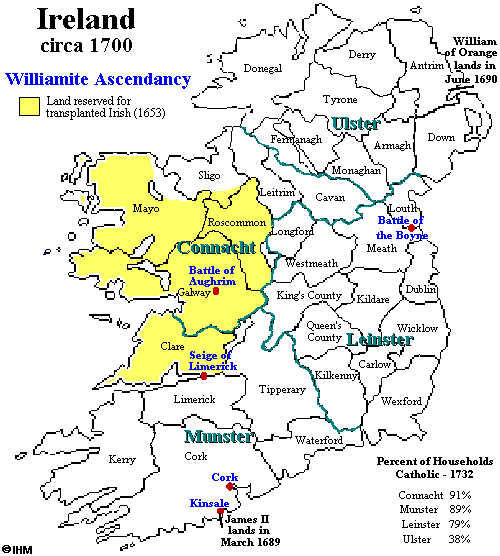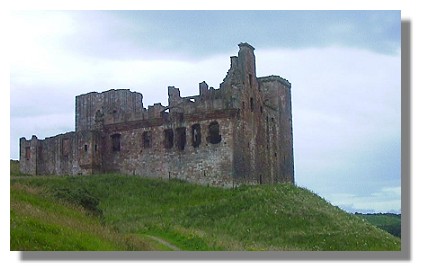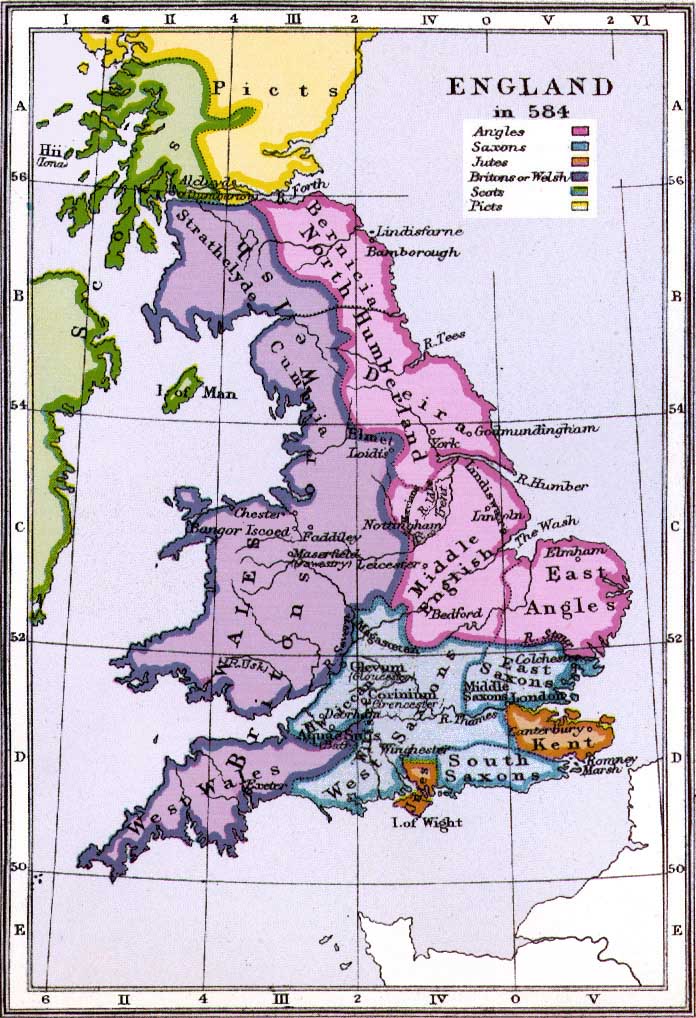 |
 |
 |
 |
 |
 |
 |
 |
 |
 |
 |
 |
 |
 |
 |
 |
 |
 |
 |
 |
 |
 |
 |
 |
 |
 |
 |
 |
 |
 |
 |
 |
 |
 |
 |
 |
 |
 |
 |
 |
 |
 |
 |
 |
 |
 |
 |
 |
 |
 |
 |
 |
 |
 |
 |
 |
 |
 |
 |
 |
 |
 |
 |
 |
 |
 |
 |
 |
 |
|
|
 |
|
|
|
Northen Ireland & Eire |
|
|
|
 |
|
|
 |
|
|
|
|
|
 |
|
|
|
|
|
|
|
|
 |
|
|
|
 |
|
|
|
 |
|
|
|
The name Creighton has strong affiliation to Northen Ireland. Variations of the Creighton name can often be traced back to earlier influences of Scottish immigration to Ireland and the subsequent spelling alterations that were made on immigrant landing. It is believed that names such as Creichtown, Creaton and Crehan are synonyms of the original Crichton. It is believed that these spelling errors were made because of the individual immigrants' inability to spell their own name correctly and or the person who was taking the records used a phonetic system to identify the spelling of the names...
A John Creighton 1768-1827 was responsible for the introduction of vaccinations to Ireland. |
|
|
|
 |
|
|
|
 |
|
|
 |
|
|
|
|
|
 |
|
|
|
|
|
|
|
|
The histiry of the Scotts-Irish by Brian Orr |
|
The Scotts-Irish by Don Silvius |
|
|
|
|
The Irish Surname Search |
|
|
|
|
|
|
|
|
 |
|
|
|
 |
|
|
|
Crichton Castle |
|
|
|
 |
|
|
|
 |
|
|
|
 |
|
|
|
The Ancient Britons ... Picts & Celts |
|
|
|
There is often mentioned the "true" origins of the British people and history has a tendency to amend it's self as time goes by, but as things stand at the momemnt, like most races, the original islanders would be made up of various tribes.
In the area of Strathclyde, from whence we Creightons came, the Picts and Gododdin Britons lived and fought side by side. The Caledonians, as these tribes were known, had strong affiliation with the Welsh Celtics. (Caledonia is a name given by the Romans to the area north of England now known as Scotland). In P-Celtic, spoken by the local inhabitants at that time, the area was known as Coed Celyddon (the Caledonian Forest). Caledonia stretched north from Stirlingshire and finds have shown the existence of inhabitation back 6,000 years BC.
The Antonine Wall was the first defence wall built to seperate these tribes from the lower lands of Britain. This wall stretched from the Clyde to the Forth but was abandoned by the Romans in favour of the much stronger Hadrians Wall further south.
It should also be noted that the area of Caledonia is refered to in a latin poem from the fourth century as Alba or Alban and Ireland was known as Lerne. |
|
|
|
 |
|
|
|
|
|
An example of Pictish art. |
|
|
|
|
|
In Caledonia lived the Scots, Picts and Britons. The Highland Scots having originated from the Irish are indeed a seperate folk.
The general consensus is that the Picts and the Britons were indeed a seperate folk although there are some thoughts that the early Brythonics were in fact Picts..The Picts originating from Europe, Spain (Basque) and maybe what is now Germany, can be traced back to circa 8.500 BC.
The Gododdin Britons or Manau Guotodin Brythonic (this is us) and Picts spoke Welsh like Celtic known as P-Celtic, where as the Scots spoke a close relative called Q-Celtic, now known as Gaelic and had close relations with the Irish Gaelic. These people inhabitated the lowlands of Caledonia or the later area of the Kingdom of Strahclyde.
The Picts lived along side of the Britons and Scots alike. There was much tribal confrontation on all sides but also inter-relations. |
|
|
|
"The Celts arrived in Britain around 500 B.C. A nomadic people whose culture spread from Eastern Europe to Iberia, they were sometimes described as as fair headed, tall, fierce warriors by the Greeks (Since many Celts dyed their hair with lye, some historians believe that this is what the Greeks meant by fair-headed) althought the Britannic Celts encountered by the Romans were usually described as dark haired and short. As a warrior culture, it was a Celtic army which nearly destroyed Rome in her early days and thus forever made themselves an unforgivable enemy of the Latin empire. Because the first historical reference to the Picts appears in 297 A.D., when they are mentioned as enemies of Rome in the same context as the Hiberni (Irish), Scotii (Scots) and Saxones (Saxons), many historians assume that the Picts were simply another Celtic tribe. Although is quite probable that there was much Celtic stock in some of the southern tribes in the loose federation of tribes which eventually made up the Pictish nation, it is my opinion that the vast majority of the Pictish peoples north of the Forth were made up mostly from the earlier, pre-Celtic people of northern Britain. Some historians use Ireland as an example, and Michael Lynch eloquently states that "Whatever the Picts were, they are likely, as were other peoples either in post-Roman western Europe or in contemporary Ireland, to have been an amalgalm of tribes, headed by a warrior aristocracy which was by nature mobile. Their culture was the culture of the warrior... ."
http://members.tripod.com/~Halfmoon/ |
|
|
|
The map below shows how the north east part of Caledonia (Scotland) was Pict territory. The north west would have been Irish Celt and the south west celtish Britons. The border area would have been made up of a mixture of these tribes and stretches from Strathclyde to Lothian along the Forth. |
|
|
|
 |
|
|
|
James Harris Creighton has written in depth about the origins of the British people. The author of two up and coming books, James has done massiv research into the history behind the Creighton name.
I offer another piece of his writings and thank him once more for allowing me to include his work on this site. |
|
|
|
Gathering of the Winds
by
James H. Creighton |
|
|
 |
|
|
|
|
|
|
 |
|
|
|
 |
|
|
 |
|
|
|
|
|
 |
|
|
|
|
|
|





